Crack Open the Fun!
Ah, the coconut—nature's Swiss Army knife. This versatile tropical fruit has been around for centuries, serving as a source of food, drink, shelter, and even fashion accessories (looking at you, coconut bras). On World Coconut Day, celebrated every September 2nd, we take a moment to appreciate this hard-shelled wonder that has done everything from quenching our thirst to starring in questionable island-themed party outfits.
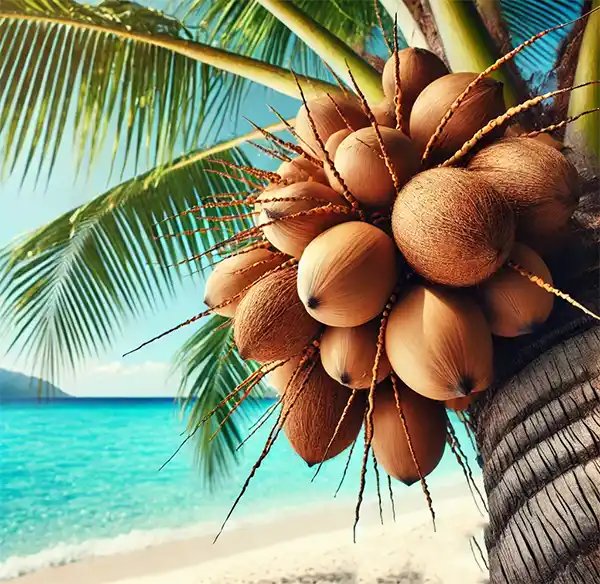
A Global Traveler
Let’s start with a little history. The coconut has traveled more miles than most people ever will, thanks to its impressive ability to float across oceans. This globetrotting fruit is believed to have originated in the Indo-Malaya region, but its exact origin is a bit of a mystery—kind of like that one sock that always disappears in the laundry. Ancient sailors likely spread coconuts across the Pacific, Indian, and Atlantic Oceans, making them one of the earliest examples of international trade. Talk about being ahead of the curve!
The coconut’s ability to thrive in sandy soil and resist saltwater made it the perfect companion for seafaring explorers. If only it could have written postcards, we’d have a complete history of its travels.
The Anatomy of a Coconut
A coconut is like the Russian nesting doll of the fruit world—there’s more to it than meets the eye. Let’s break it down:
- The Exocarp: This is the outermost layer, the tough, green husk that keeps everything inside safe and sound. Think of it as the coconut's armor, perfect for surviving falls from tall palm trees and long journeys across the sea.
- The Mesocarp: Beneath the exocarp lies the fibrous husk, also known as coir. Coir is used to make everything from ropes to doormats. Who knew your welcome mat could be made from the same stuff that protects a coconut?
- The Endocarp: Now we’re getting to the good stuff. The endocarp is the hard, brown shell that’s as difficult to crack as a secret code. It’s what stands between you and the delicious coconut meat and water inside.
- The Meat and Water: The ultimate prize! The coconut’s inner flesh, known as copra, is rich, creamy, and incredibly versatile. The water, on the other hand, is nature’s original sports drink—hydrating, refreshing, and packed with electrolytes.
The Uses of Coconuts
Coconuts are the multitaskers of the plant world. Here’s a rundown of just a few of their many uses:
- Coconut Water: Coconut water is low in calories and high in hydration, so it has become the go-to beverage for health enthusiasts. It’s like nature’s version of Gatorade, minus the artificial colors and sugar overload.
- Coconut Oil: Is there anything coconut oil can’t do? From cooking to moisturizing skin, removing makeup to conditioning hair, it’s the all-in-one solution we didn’t know we needed.
- Coconut Milk: A key ingredient in curries, soups, and tropical drinks, coconut milk adds a rich, creamy flavor to dishes. It’s also a fantastic dairy substitute, perfect for those who are lactose intolerant or just really into coconuts.
- Coconut Meat: Whether you’re eating it fresh, dried, or shredded, coconut meat is a tasty and nutritious snack. It’s packed with healthy fats, fiber, and a satisfying crunch that’s hard to beat.
- Coconut Shells: Once you’ve scooped out the meat and drank the water, what do you do with the shell? Turn it into a bowl, of course! Or maybe a musical instrument, or even a rustic candle holder. The possibilities are endless—just don’t try to use it as a helmet.
If you’ve ever wondered whether a coconut is a fruit, a nut, or a seed, you’re not alone. The truth is, it’s all three. Botanically speaking, the coconut is a one-seeded drupe, which is a type of fruit with a hard, stony covering surrounding the seed. So the next time someone asks, you can confidently say, “It’s a fruit, a nut, and a seed—how’s that for versatility?”
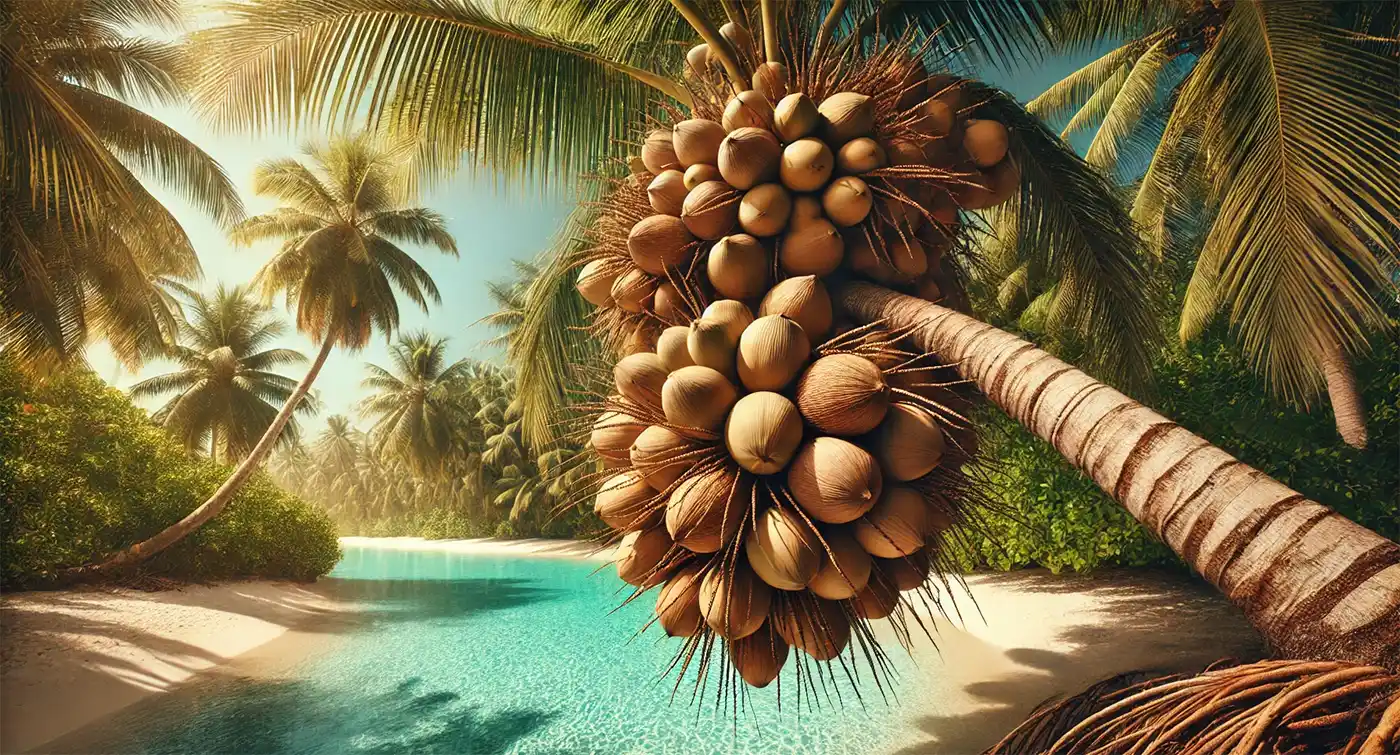
Coconuts in Culture
The humble coconut may be just another item in the grocery aisle for some, but in many parts of the world, it’s a symbol of life, prosperity, and tradition that carries deep cultural significance.
In Southeast Asia, particularly in countries like the Philippines, Malaysia, and Indonesia, the coconut is often referred to as the "Tree of Life" because nearly every part of the coconut palm is utilized in daily life. From the leaves, which are woven into thatch for roofs, to the trunks that are used as timber, and of course, the fruit itself, which provides food, drink, and oil—the coconut is a cornerstone of these cultures. It’s common to see elaborate rituals and festivals dedicated to the coconut, celebrating its integral role in the community’s well-being.
In Polynesia, coconuts have a rich mythological background. According to one legend, the first coconut tree grew from the head of a buried eel, gifted by a god to a mortal as a source of sustenance. This legend underscores the coconut's status as a life-giving entity, providing food, water, and materials. Polynesians also use coconuts in traditional dances and ceremonies, where coconut oil is applied to the skin as a symbol of purification and to enhance the performers' natural beauty.
In Sri Lanka, coconuts are central to the culinary and cultural fabric. The country is known for its use of coconut in virtually every dish—coconut milk curries, coconut sambol, and pol roti (coconut flatbread) are just a few examples. Beyond the kitchen, coconuts are involved in spiritual practices too. During the Sinhala and Tamil New Year, coconuts are ceremonially broken at the entrance of homes as an offering to the gods, signifying the start of a prosperous new year.
In Brazil, the coconut is more than just a refreshing beachside treat—it’s a symbol of hospitality and celebration. In coastal regions, you’re likely to be greeted with a fresh coconut, its top sliced open to reveal the cool, sweet water inside. Coconut water is a staple of Brazilian culture, often enjoyed during festive occasions and even offered to guests as a sign of warmth and welcome. Moreover, in Afro-Brazilian religions like Candomblé, coconuts are used in offerings to orixás (deities) and are believed to carry protective powers.
Moving to the Caribbean, coconuts play a pivotal role in the region’s culinary and cultural practices. In Jamaica, for instance, the coconut is a key ingredient in traditional dishes like rice and peas, and coconut drops, a sweet treat made from grated coconut and sugar. Additionally, coconut water is considered a natural remedy for various ailments and is often consumed as a health tonic. Culturally, the coconut tree is celebrated in local folklore and music, symbolizing resilience and the bountiful nature of the Caribbean islands.
In Hawaii, the coconut is not only a part of the natural landscape but also deeply embedded in the state’s cultural traditions. Known as “niu” in Hawaiian, the coconut is featured in many aspects of daily life, from traditional cooking to medicinal uses. Hawaiian hula dancers often use coconut shells as percussion instruments, adding rhythm and depth to their performances. The coconut palm itself is considered sacred, representing a connection between the earth and the heavens, with its towering presence serving as a reminder of the island’s natural beauty and spiritual heritage.
In the Maldives, the coconut tree is so significant that it’s the national tree, and the coconut itself is a national symbol. Coconut palms are ubiquitous on the islands, and coconuts are used in a variety of ways, from culinary dishes to traditional medicines. The Maldives even has a local form of coconut toddy, a fermented drink made from the sap of the coconut palm, which is enjoyed during special occasions and is a testament to the resourcefulness of the islanders.
Coconuts have also found their way into Western pop culture. From the coconut bra, a symbol of the playful and sometimes kitschy side of island life, to its presence in songs like Harry Nilsson’s “Coconut,” which gave us the unforgettable lyric, “Put the lime in the coconut, and drink ‘em both up,” this fruit has become an icon in its own right. Coconut oil, once the secret of island beauty, is now a global phenomenon, celebrated for its health benefits and versatility.
The coconut is not just a tropical delight; it’s a cultural icon that has woven its way into the fabric of societies around the world. Whether used in religious ceremonies, culinary traditions, or as a symbol of hospitality, the coconut continues to be a beloved and essential part of many cultures. As we celebrate World Coconut Day, we honor not just the fruit itself, but the rich cultural heritage it represents.
Celebrating World Coconut Day
So how do you celebrate World Coconut Day? Here are a few ideas:
- Cook with Coconut: Try your hand at making coconut curry, baking coconut macaroons, or whipping up a batch of coconut-flavored cocktails. Your taste buds will thank you.
- Pamper Yourself: Slather on some coconut oil, treat your hair to a coconut milk mask, or simply relax with a coconut-scented candle. It’s the perfect excuse for a little self-care.
- Get Creative: Use coconut shells to make DIY crafts, like bowls, jewelry, or even musical instruments. Who knew coconuts could inspire your inner artist?
- Learn and Share: Take a moment to learn more about the importance of coconuts in different cultures and share your newfound knowledge with friends and family. You’ll be the coconut expert of the group!
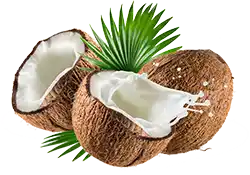 On World Coconut Day, we celebrate this incredible fruit that has traveled the world, nourished civilizations, and added a tropical touch to our lives. Whether you’re cracking one open for a refreshing drink or using coconut oil in your daily routine, take a moment to appreciate the many ways the coconut has enriched our world.
On World Coconut Day, we celebrate this incredible fruit that has traveled the world, nourished civilizations, and added a tropical touch to our lives. Whether you’re cracking one open for a refreshing drink or using coconut oil in your daily routine, take a moment to appreciate the many ways the coconut has enriched our world.
So go ahead—go nuts for coconuts!
Please Share our Content

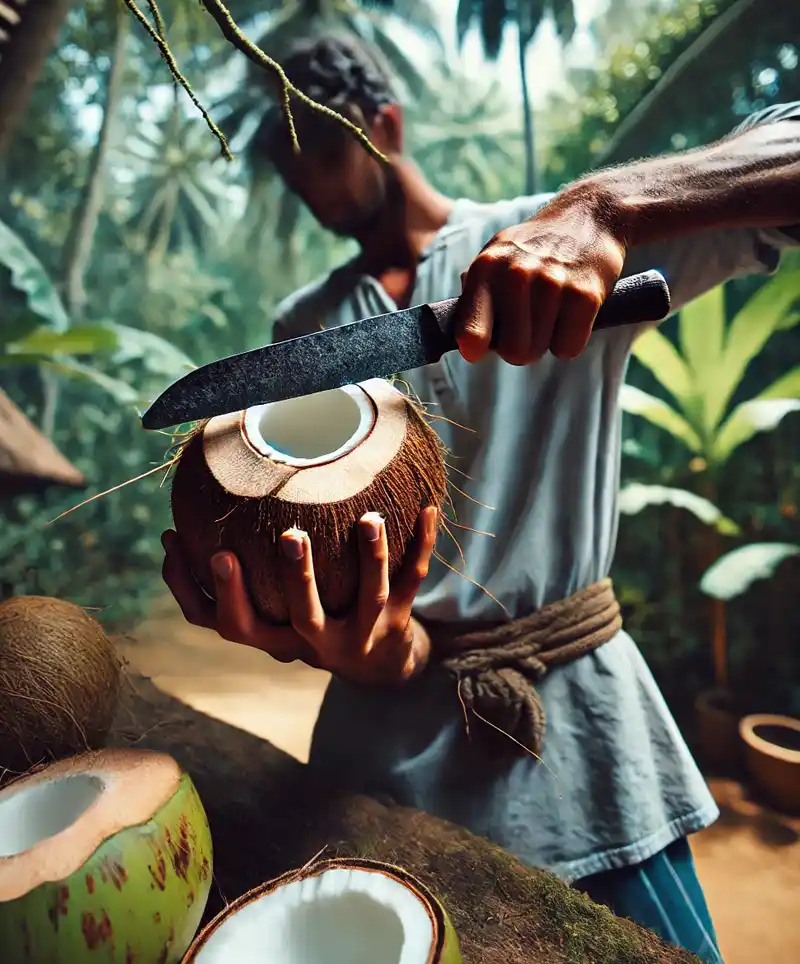
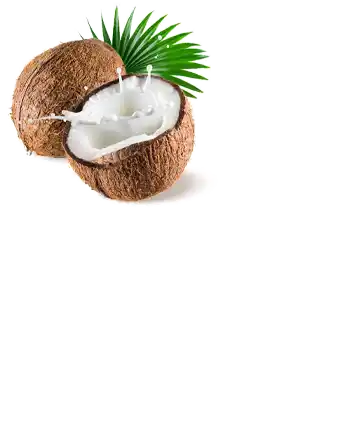





 On World Coconut Day, we celebrate this incredible fruit that has traveled the world, nourished civilizations, and added a tropical touch to our lives. Whether you’re cracking one open for a refreshing drink or using coconut oil in your daily routine, take a moment to appreciate the many ways the coconut has enriched our world.
On World Coconut Day, we celebrate this incredible fruit that has traveled the world, nourished civilizations, and added a tropical touch to our lives. Whether you’re cracking one open for a refreshing drink or using coconut oil in your daily routine, take a moment to appreciate the many ways the coconut has enriched our world.








 "Sláinte!" is a traditional Irish expression used as a toast, equivalent to "Cheers!" in English.
"Sláinte!" is a traditional Irish expression used as a toast, equivalent to "Cheers!" in English.